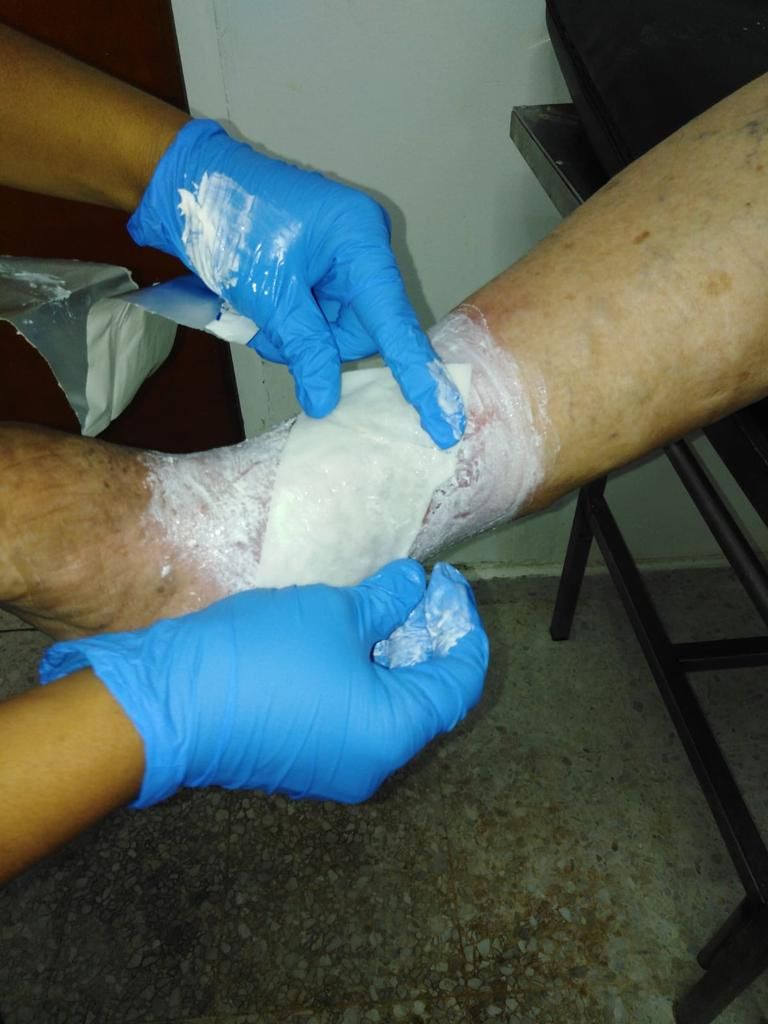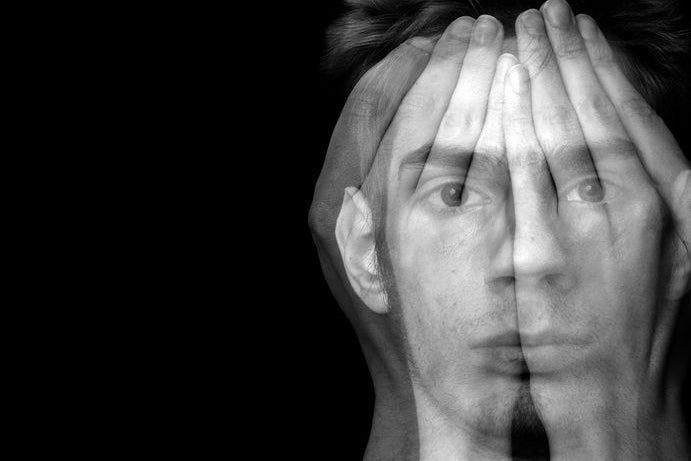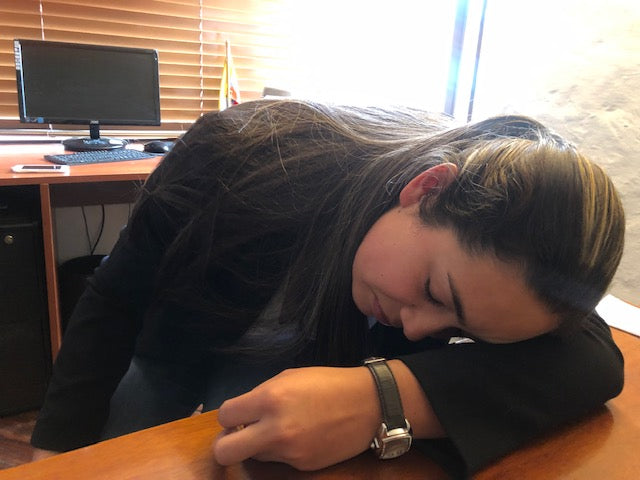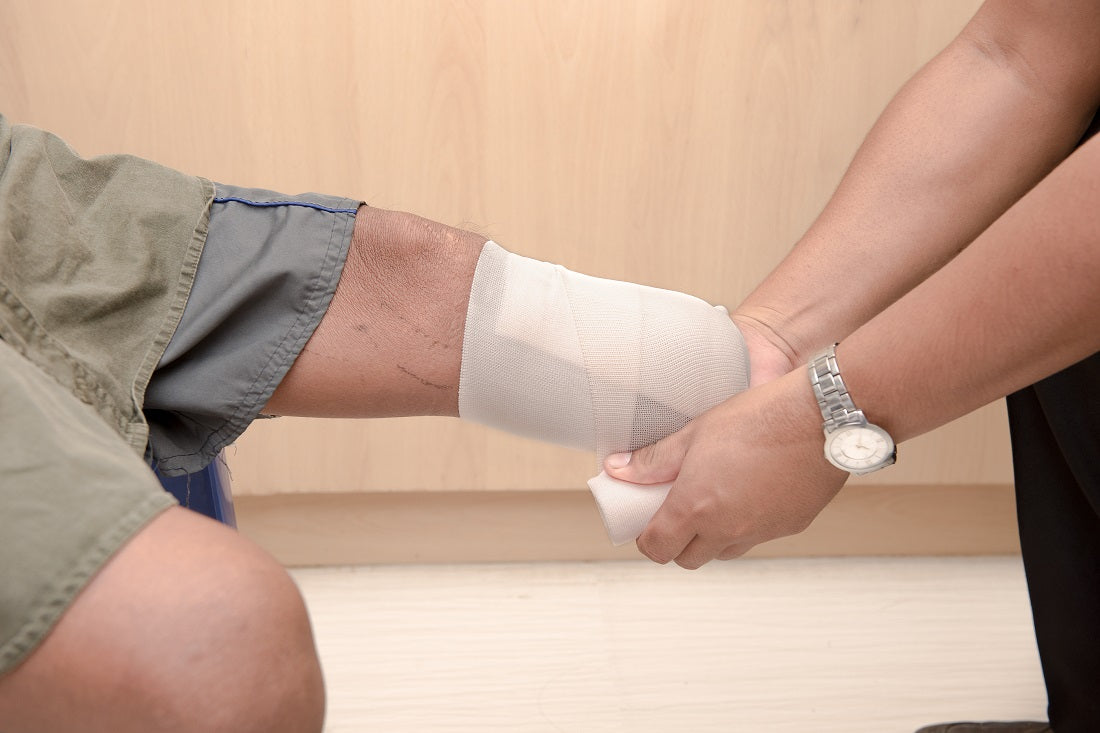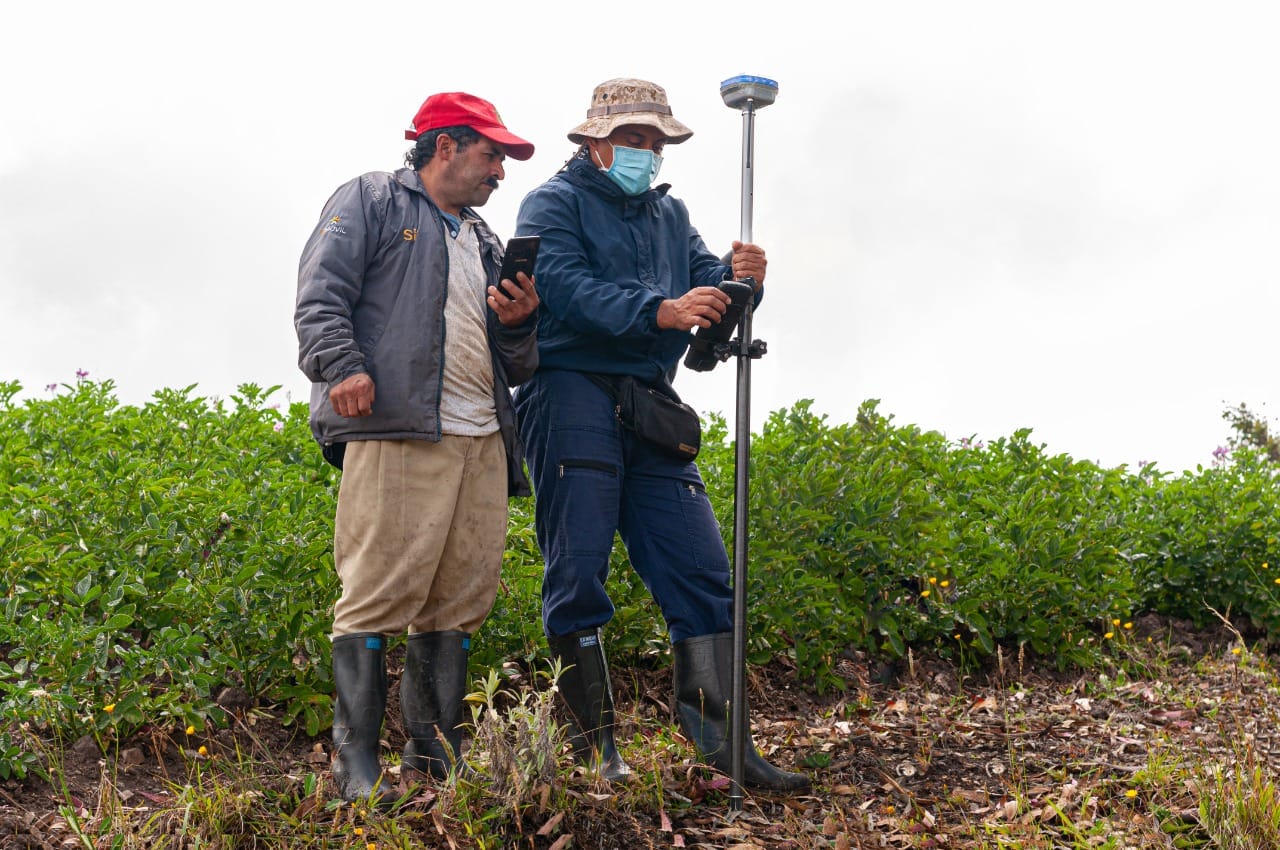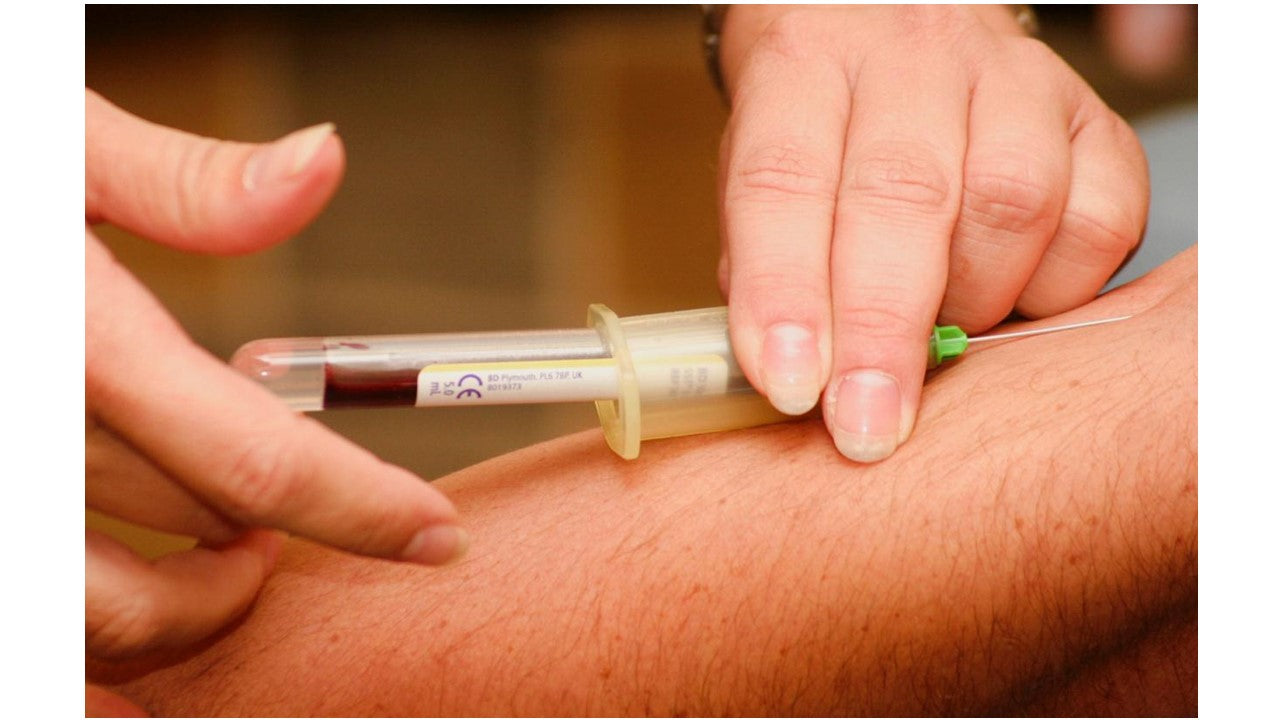
- 29 Apr 2023
The story of nurse Esperanza Bejarano as a WOUND HEALER
- “When you care for wounds, you must be passionate about it and you must like it”
- “The wounds I treat are caused by some illness or accident.”
- Almost all of them, says nurse Bejarano, are people who live in marginal areas of the city, with many difficulties due to their economic conditions and illnesses.
- Depression is one of the most relevant factors that patients must face, especially those who are at imminent risk of amputation due to a diabetic foot ulcer.
- The misuse of the shoes caused a blister on the back of his foot, then a wound that ended in amputation.
Traffic jams and long distances are not an impediment for Esperanza Bejarano to leave her home in Bogotá early every day, ready to attend to her 10 or 12 daily patients at home. Almost all of them, she says, are people who live in marginal areas of the city, with many difficulties due to their economic conditions and their illnesses. Some of the most affected are those who suffer from illnesses that can lead them to be amputated, such as ulcers. diabetic foot.
The love and commitment that must be had with sick people led Esperanza to train as a professional nurse and enterostomal therapist. Thus, after 34 years of professional practice, and now retired, she continues to heal the wounds of the patients that come into her hands, and whom she has to attend to at least 3 times a week.
His patients are always with an injury caused by some illness or accident. However, one of the pathologies that has caught the most attention is the Diabetic Foot Ulcer, a condition that can cause amputations of the lower limbs. In addition, it has a 5-year mortality rate, similar to lung cancer.
They are patients, she says, “with poor management of the disease, who have already been hospitalized, stabilized, with their antibiotic treatment and discharged, to continue with treatment at home. They already leave with the wound clean and with the instructions of the specialist doctor, and I receive them in the healing process. I apply the biotechnological treatment of epidermal growth factors inside the wound. "They are generally injuries to the plantar perforator, velum and dorsum of the foot."
“When you care for wounds, you must be passionate about it and you must like it,” a lesson that he has taught his colleagues and doctors throughout his professional life. “After I retired, they gave me the opportunity to continue helping these people, to whom I always tell them that we are a team, in which the medical group contributes 50% and the patient and their family must contribute the other 50%. ”
In addition to the care provided by Chief Esperanza, the patient is taught the care they should take with the wound, with their medications and diet. “It is very important that they keep an eye on their Glucometry, to control their blood sugar. Everything is part of the cure and control of their disease, taking into account that the primary pathology of these patients is diabetes,” he warns.
And, to control this disease, patients must make a total change in their daily routine, having to stop eating carbohydrates, sweets, reduce salt... In addition, "they must pay attention to their blood pressure, because This also has an influence, affecting the arteries and veins.” Esperanza highlights that diabetic patients can develop hypertension faster than a person who does not suffer from it, in addition to other conditions.
This group of people must be cared for by an interdisciplinary group that includes, among others: the internist, diabetologist, orthopedist, vascular surgeon, the wound clinic and the psychologist or psychiatrist, the latter two having to intervene due to the depression caused by this condition. disease in patients, especially those who face the risk of amputation caused by diabetic foot ulcer (DFU).
According to nurse Esperanza's experience, patients become depressed “especially men, who are the ones who reject the treatments the most, then they blame themselves for not having paid attention and not having followed the diet. In the same way, we find those who accept it, or as we say, those who adhere to the treatment. Sadly, we also find those who no longer care about anything at all and let themselves be carried away by the disease.”
In addition to the depression that DFU causes in patients, for Esperanza the commitment to them is very difficult, "because the vulnerable population is the most affected and unfortunately we are a country where we do not prevent."
Esperanza has many stories to tell, which have marked her as a human being, like that patient who, on her deathbed, one day asked her to teach her how to pray the rosary, while she healed her wounds. The next day, the bed was empty.
Another story is that of Oscar*, a diabetic patient over 50 years old, who has always been a bus driver, and one day he was surprised by a small wound on his foot, at the same time that he was facing separation from his partner. lifetime. Everything came together and when he went to the doctor they couldn't save his toe, which had to be amputated. Esperanza says that she has managed to recover thanks to the unconditional support of her new partner, who is very attentive to her care.
Another of his patients didn't do so well. Esperanza sadly tells us that José* ended up having one of his feet amputated about three months ago. He is a diabetic patient, with family problems and also during the isolation due to the pandemic his business went bankrupt. He ended up depending on his sister, who was not careful with his diet.
Although he was aware of his illness, the misuse of footwear caused a blister on the back of his foot, then a wound. He began using home remedies, without obtaining good results.
He was hospitalized, stabilized and at home he received care from Esperanza, who was the one who discovered that the infection had just appeared again. She asked him to go to the emergency room, his wound could not wait, he did not heed the warning and when he went to the emergency room, he was hospitalized, because the infection was already very advanced and the only solution was amputation.
Steven Pérez, has suffered from diabetes since he was 5 years old
Another case that Esperanza wanted to share with us is that of Steven Pérez, a 24-year-old young man, who shared his story with us, and told us how he is currently suffering from a Diabetic Foot Ulcer.
Steven was diagnosed with Type 1 Diabetes at the age of 5. This happened one day when he felt bad and his father took him to a man who prescribed him a remedy for worms and some vitamins. At night he had a crisis, which caused that his father took him to the emergency room.
Since then, Steven has had to live with insulin, a medicine that was given seasonally. He says that really, “there was never anyone looking out for me, I suffer from anxiety and I never took care of myself. "I was drinking and since it wasn't hurting me at the time, I didn't pay attention to it."
Now, he suffers the consequences of neglect throughout his short life. The disease has caused him to lose some teeth, Charcot arthropathy, loss of vision and he has not had a way to buy his much-needed glasses, and a diabetic foot ulcer, which is what worries him the most. Nor does he have the right shoes due to his economic situation.
Steven says that about two years ago he began to experience symptoms such as tiredness, discouragement, headache and then a small wound appeared on his left foot next to the little toe. That wound grew and for which he was hospitalized this year, 12 days in January and 24 days in February in the Vista Hermosa, Meissen and Tunal hospitals in Bogotá.
Although the fight is not over, thanks to the treatment he received he was able to save his foot. Currently, the cures are performed by Esperanza, who visits him three times a week.
However, Steven is worried that he will be left without EPS and the procedures before Sisbén will take about three months, during which time he does not know what he is going to do, because he will not receive medical attention, nor nor his medications.
Now he lives with Yolanda, a friend of his family who opened the doors of her house to him in Bogotá, and who has taken care of him, since his father, his stepmother and his brother, who is also diabetic, live in Nocaima. “It is the first time in my life that they take care of me, that they take care of me,” he says.
Since he was 18, he has lived on his own, working informally. His last job was selling candy on buses, an activity that he had to put aside due to his foot injury. Now, he depends financially on his father, he is finishing his high school degree, “I want to study a nursing assistant to help other people and be able to take better care of myself.”
At the end of the interview we asked him, what would you say to a young person like you, who suffers from diabetes?
“Take care of yourself because then time passes and you can't go back, and whether it was just diabetes or that you died like that overnight, but that's not the case. Every time, one feels worse.”
“Now, I already have complications from the same diabetes. UPD, Charcot arthropathy, retinopathy, anxiety, some teeth have fallen out, I feel tired all the time. Although it is not impossible to live like this, this can be avoided or postponed.”
As my grandfather told me “one cannot die, one must fight until the moment of death, after the storm comes calm.”
*Names have been changed, but the stories are true


